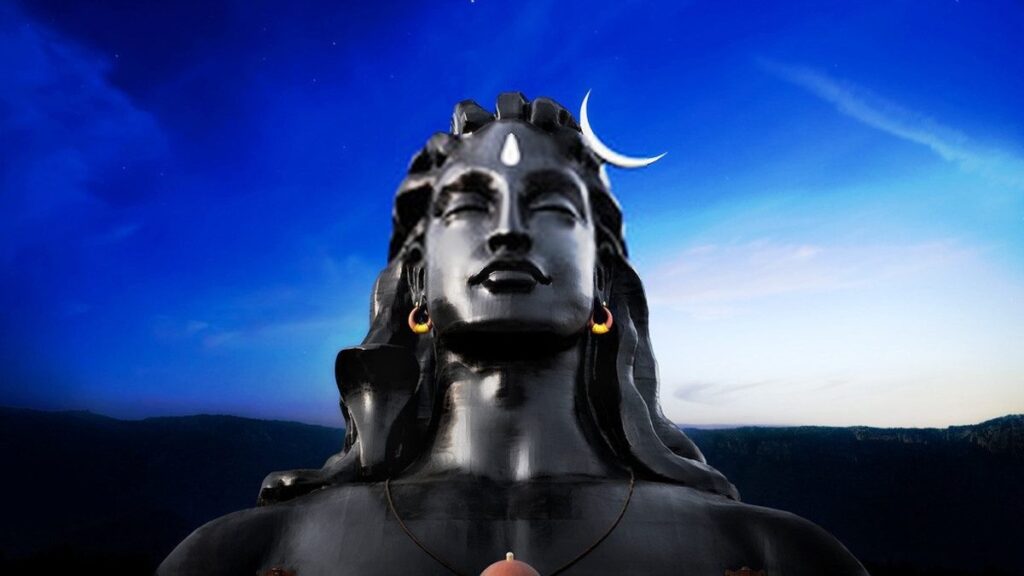Maha Shivaratri, meaning “the Great Night of Shiva,” is a major Hindu festival celebrated annually to honor Lord Shiva, one of the principal deities in Hinduism. Here’s a breakdown of when and how it’s celebrated:
When Maha Shivaratri is celebrated:
Maha Shivaratri falls on the 14th day of the dark half (waning phase) of the lunar month in the Hindu calendar month of Phalguna, which typically corresponds to late February or early March in the Gregorian calendar.
In 2024, Maha Shivaratri will be celebrated on Friday, March 8th.
How Maha Shivaratri is celebrated:
Fasting: Devotees often observe a day-long fast before the festival, abstaining from food and water. Some may choose to take partial fasts or modify their diet based on their preferences and physical capabilities.
Worship: The evening and night are dedicated to worshiping Lord Shiva.
This involves:
Offering: Devotees offer fruits, leaves, sweets, and milk to the Shivalinga, the symbolic representation of Shiva.
Chanting: Chanting the Panchakshari mantra, “Om Namah Shivaya,” and reciting hymns like the Shiv Chalisa are common practices.
Jagaran: Many stay awake throughout the night, participating in prayers, meditation, and devotional songs (jagaran).
Special rituals: Some perform Vedic or tantric rituals dedicated to Shiva.
Significance:
Overcoming Darkness: Maha Shivaratri symbolizes overcoming darkness and ignorance in life and the world through spiritual pursuit and devotion to Shiva.
Spiritual Growth: The night is believed to hold a special significance for spiritual growth. Some traditions claim a heightened energy level during this time, making it conducive to meditation and introspection.
